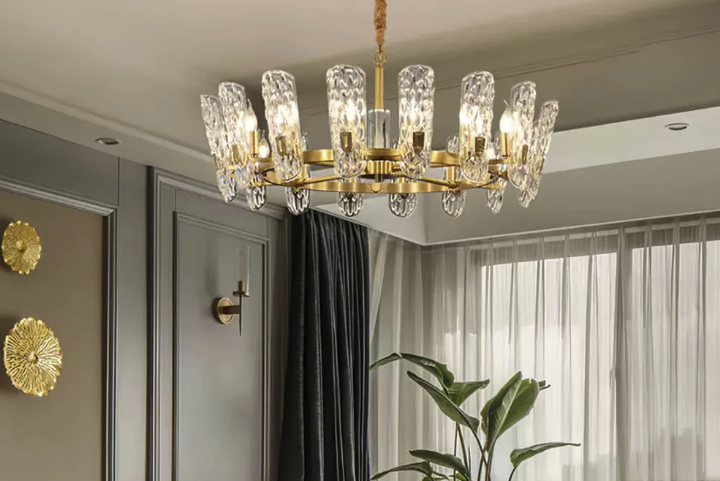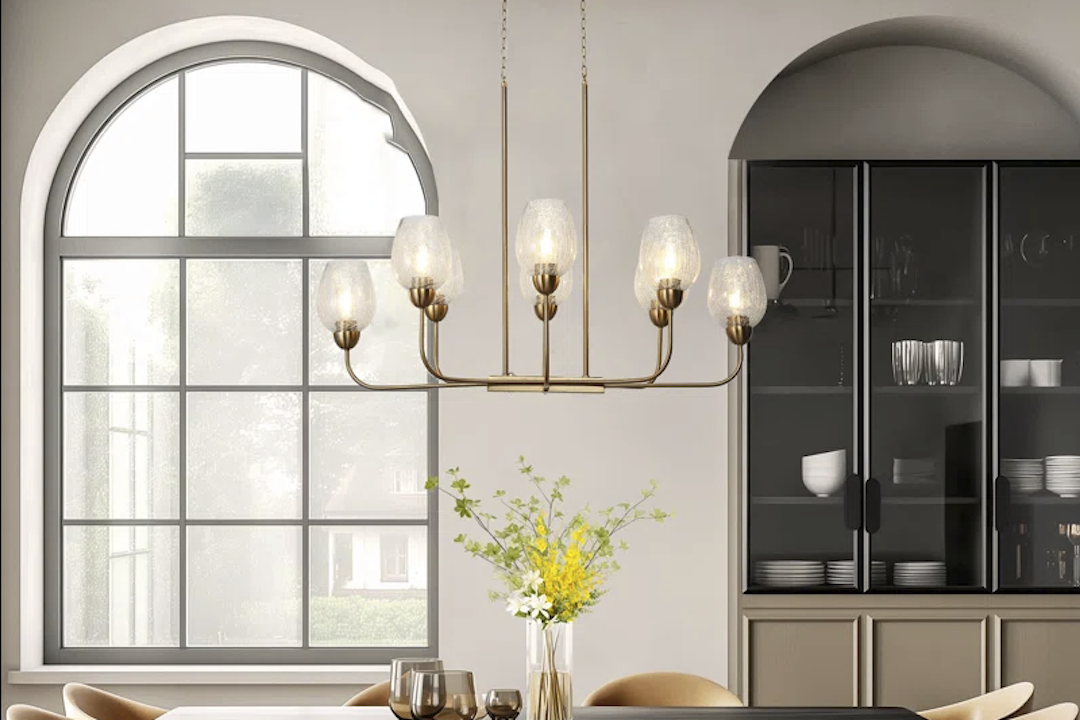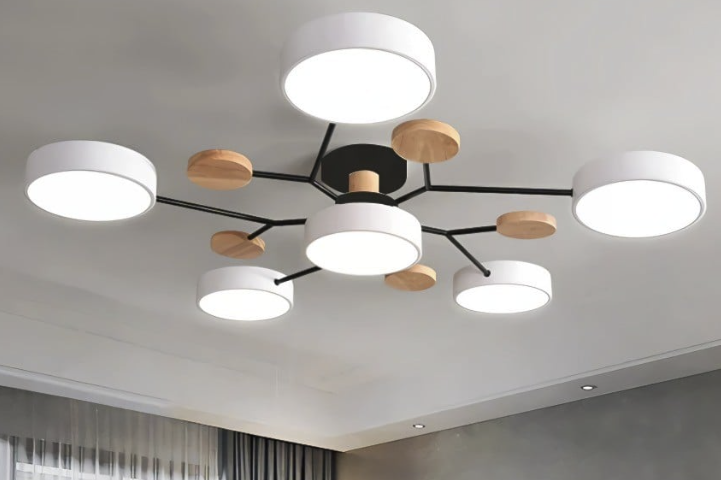When selecting a reading lamp, it’s essential to be aware of the various types available. Traditional floor lamps, featuring a tall stand and single light source, provide both ambient and focused lighting for reading. Desk lamps, designed for placement on desks or tables, offer direct light and often have adjustable arms or heads for precise positioning Rdgasp.
Clip-on reading lamps can be attached to books or e-readers, providing targeted illumination without disturbing others. Specialty reading lamps cater to specific needs. Some models include built-in magnifiers for those requiring assistance with small print.
Full-spectrum reading lamps simulate natural sunlight, which may benefit individuals with seasonal affective disorder or those preferring a more natural light source. Understanding these different types and their features allows for a more informed decision when choosing a reading lamp that best suits individual requirements and preferences.
Factors to Consider When Choosing a Reading Lamp
Lighting Preferences
The type of lighting you prefer is a crucial factor to consider. Some individuals prefer warm, soft lighting for reading, while others prefer bright, cool lighting. Think about your personal preference and how you plan to use the lamp when making your decision.
Size and Design
The size and design of the lamp are also important considerations. If you have limited space, a compact desk lamp may be the best option, while those with more space may opt for a larger floor lamp. Additionally, consider the design of the lamp and how it will fit in with your existing decor.
Bulb Type and Special Features
The type of bulb the lamp uses is another critical factor to consider. LED bulbs are energy-efficient and long-lasting, making them a popular choice for reading lamps. However, some people prefer the warm glow of incandescent bulbs or the natural light of full-spectrum bulbs. Consider the type of bulb that will best suit your needs and preferences when selecting a reading lamp. Additionally, think about any special features you may need, such as adjustable arms or heads, built-in magnifiers, or dimmable options.
Choosing the Right Size and Height for Your Reading Lamp
When it comes to choosing the right size and height for your reading lamp, there are several factors to consider to ensure optimal lighting and functionality. For floor lamps, it’s important to consider the height of the lamp in relation to the seating area where you will be reading. The bottom of the lampshade should be at eye level when seated to provide the best lighting for reading without causing glare or shadows.
Additionally, consider the overall size of the lamp and how it will fit in with your existing furniture and decor. A large floor lamp may overpower a small space, while a small desk lamp may not provide enough light for a larger area. For desk lamps, it’s important to consider the size and height of the lamp in relation to your workspace.
The lamp should be tall enough to provide adequate lighting without casting shadows on your work surface. Additionally, consider the size of the lamp base and how it will fit on your desk or table. A bulky base may take up too much space, while a small base may not provide enough stability for the lamp.
Taking these factors into consideration will help you choose the right size and height for your reading lamp, ensuring optimal lighting and functionality for your specific needs.
Exploring Different Lighting Options for Your Reading Lamp
When exploring different lighting options for your reading lamp, it’s important to consider the type of light that will best suit your needs and preferences. One popular option is LED lighting, which is energy-efficient and long-lasting. LED bulbs also come in a variety of color temperatures, allowing you to choose warm or cool lighting based on your personal preference.
Another popular option is incandescent lighting, which provides a warm, soft glow that many people find pleasing for reading. However, incandescent bulbs are not as energy-efficient as LED bulbs and have a shorter lifespan. For those who prefer a more natural light source, full-spectrum lighting is an excellent option.
Full-spectrum bulbs mimic natural sunlight and provide a balanced spectrum of light that can reduce eye strain and improve mood. Additionally, there are also specialty bulbs available for reading lamps, such as magnifying bulbs for those who need extra assistance with small print. Exploring different lighting options for your reading lamp will help you choose the best type of light for your specific needs and enhance your reading experience.
Incorporating Style and Design into Your Reading Lamp Choice
Incorporating style and design into your reading lamp choice is an important consideration to ensure that the lamp complements your existing decor and enhances the overall aesthetic of your space. When choosing a reading lamp, consider the style of your furniture and accessories to ensure that the lamp fits in seamlessly with your existing design scheme. For example, if you have a modern minimalist decor, a sleek and simple reading lamp with clean lines may be the best choice.
On the other hand, if you have a more traditional or eclectic style, a decorative lamp with ornate details may be more fitting. Additionally, consider the materials and finishes of the lamp in relation to your existing decor. A metal or glass lamp may complement a contemporary space, while a wooden or ceramic lamp may be better suited for a more rustic or traditional setting.
It’s also important to consider the color of the lampshade and how it will coordinate with your existing color palette. Choosing a reading lamp that incorporates style and design elements that complement your space will not only provide functional lighting but also enhance the overall look and feel of your room.
Tips for Properly Positioning Your Reading Lamp for Optimal Lighting
Positioning Floor Lamps
When using a floor lamp, position it so that the bottom of the lampshade is at eye level when seated to provide even illumination without causing glare or shadows. Additionally, consider placing the lamp behind or to the side of your reading area to minimize direct glare from the light source.
Positioning Desk Lamps
For desk lamps, position the light so that it shines directly onto your reading material without casting shadows on your work surface. Consider using adjustable lamps that allow you to position the light exactly where you need it for optimal visibility.
Creating a Comfortable Reading Environment
Properly positioning your reading lamp will not only improve visibility but also reduce eye strain and create a comfortable and inviting atmosphere for reading. Additionally, consider using multiple light sources in combination with your reading lamp to create layered lighting that can enhance both task lighting and ambient lighting in your space.
Maintaining and Caring for Your Reading Lamp
Maintaining and caring for your reading lamp is essential to ensure its longevity and optimal performance. Regularly dusting the lampshade and base with a soft cloth will help prevent dust buildup and maintain its appearance. Additionally, consider using a mild glass cleaner to clean any glass or metal surfaces on the lamp to keep them looking their best.
If your lamp has a fabric shade, consider using a lint roller or vacuum attachment to remove any dust or debris. It’s also important to regularly check and replace bulbs as needed to ensure consistent lighting performance. When handling bulbs, be sure to turn off and unplug the lamp to avoid any electrical hazards.
If your lamp has any adjustable parts or hinges, periodically check them for any signs of wear or looseness and tighten as needed to maintain stability and functionality. By regularly maintaining and caring for your reading lamp, you can ensure that it continues to provide reliable and comfortable lighting for years to come.



